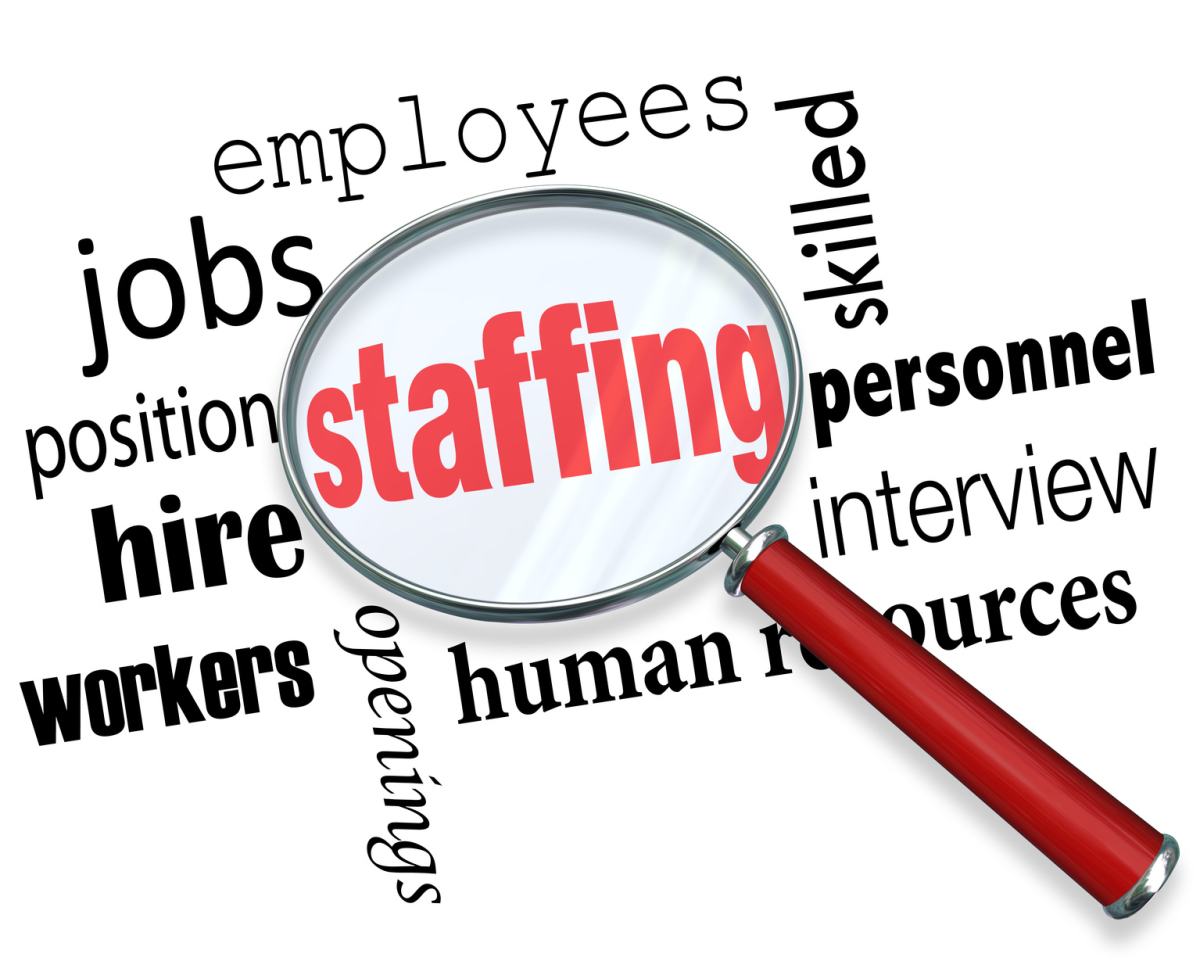 Five Trade Show Booth Staffing Tips for Small Businesses
Five Trade Show Booth Staffing Tips for Small Businesses
There is a saying that it takes months to win a customer but only seconds to lose them. Your booth graphics may look great, but chances are high that the first thing attendees will notice in your booth is your staff. If your employees are unprepared, you could lose people before they have even engaged with you. The following tips will help you prepare your staff for success.
1. Send the Right Number of Staff
It can be hard to determine how many staff to send to an event. While an overcrowded booth may make you look popular, if there isn’t enough room for your prospects to see or hear you, you will quickly lose their attention. Small businesses don’t have the luxury of a huge staff pool to choose from, so being understaffed can also be an issue.
A handy rule of thumb is to have two staffers for each 100 square feet of booth space. Oftentimes, attendees travel in groups, and they will all stop together to talk to exhibitors or look at demos, so space is at a premium.
2. Send the Right People for the Right Jobs
Determining who should staff should be directly tied to your event strategy and booth layout. The most likely suspects will be filling the following roles:
- Booth Manager: The booth manager is responsible for making sure your booth is set up correctly and services such as electricity, internet, and audio-visual are delivered and functional. This person will also pack and ship all materials back to your office once the show is over.
- Technical Rep: Do you have any technical demos or presentations? If so, you need someone technical to be onsite.
- Sales and Marketing: You probably want to have a sales person and/or a marketing person - someone gregarious who can pitch the product, make sure lead information is being captured and that the right level of follow-up is assigned. Depending on the type of event and your sales model, you may not need a sales person at the booth the whole time: their time may be better spent in meetings.
I can’t stress enough how important it is that all your staff make eye contact, smile, be able to give your elevator pitch, and be willing to engage in conversation.
3. Set Schedules - and Expectations - in Advance
Having assigned shifts gives everyone time to eat, attend sessions, take calls, and of course have onsite meetings. Blocks of three to four hours typically work best, but it’s also important to check to see when the exhibit hall will be quiet or busy and schedule accordingly. Be mindful of other obligations: there may be four people from your company attending the event, but that doesn’t necessarily mean you can count on them as booth staff. If one of your goals is to hold a large number of sales meetings, know that that means that whoever is in those meetings will not be available to be in the booth at those times.
Your staff should know where they should be, when they should be there, how they should get there, what they will be doing, what they should wear, how they should act while in the booth (remember to smile! no food or drink! no ignoring the attendees!), who they should contact with questions, and what to do in the event of an emergency.
4. Pre-book Meetings
If you have access to the event’s attendee list - or if the show organizer will send out an email on your behalf, take advantage of this. Reach out to your customers and prospects to find out who will be at the show. Schedule your meetings before the event, and be detailed on exactly where to meet and who will be the meeting. This will make your life much easier onsite. Keep an updated copy of the meeting schedule in the booth.
Note: if you’re planning to meet at your booth, make sure the exhibit hall is open at the time the meeting is scheduled - and if you need a technical demo, make sure the right person is available to show one. Scheduled meetings should not preempt booth staffing responsibilities.
5. Training, Training, Training!
Perhaps the most crucial element to successful trade show staffing is training. Unless your company is so small that you all know every detail of the event, involve your staff in pre-show meetings, so they know what will be happening and have plenty of opportunities to ask questions. Set clear expectations and provide more details than you think are necessary.
Create a show overview or executive summary document that contains the details on what the booth will look like, what will be shown, who will be there, what the schedule is like, and what your goals for the event are (x number of badges scanned, x number of sales meetings, etc.). Share this with all your stakeholders - not just the people who will be onsite. This makes your entire team feel more involved and excited about your presence at the event.
Remember that events are great opportunities for networking, customer retention, relationship building, and increasing general awareness of your company and products or services. People are more likely to do business with you if they like you and feel you care about what they want, not just what you want to sell to them. Make sure that part of the training stresses that the event should be fun - both for the attendees and for your staff.
- Danalynne (Wheeler) Menegus